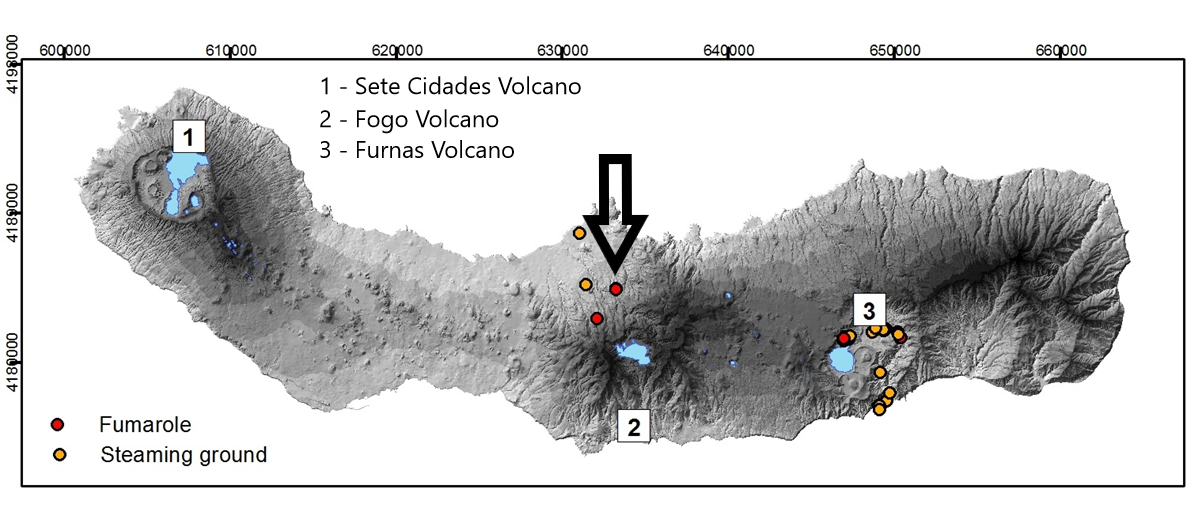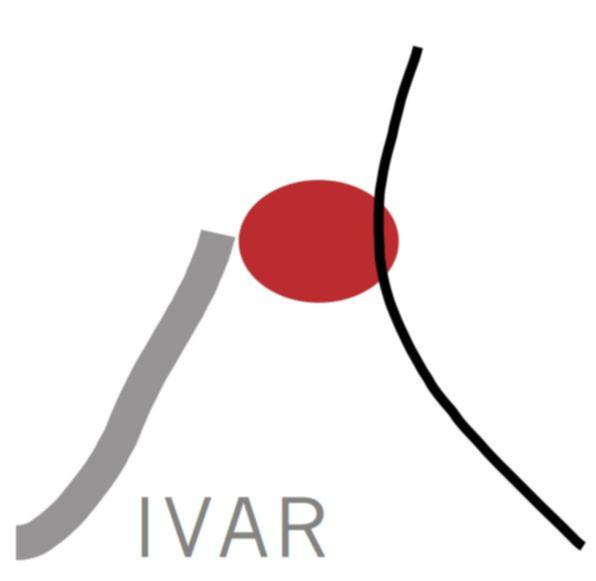Portuguese national project Geothermal modelling and validation

Concept
The Portuguese subproject is the second demonstration case (c.f., Iceland) for how the high innovation potential of bringing academic/research reservoir modelling tools to application in HEATSTORE can be transferred to – and add significant value to – the broader spectrum of established commercial geothermal technologies. It will focus on workflows for developing conceptual scenarios of a sparsely characterized, potentially high enthalpy geothermal resource, based on integrating geochemical data and preliminary well test information with subsurface process dynamics simulation based on ETHZ’s CSMP++ code. This is expected to significantly improve understanding of the potential for geothermal exploration of this area (the Caldeiras da Ribeira Grande fumarolic field, Fogo Volcano, S. Miguel Island – Azores). Following the pre-existent conceptual models, the geothermal reservoir, located in the north flank of Fogo Volcano, is a liquid-dominated system with temperatures more than 240°C and the flow is controlled by NW regional trends. Geochemical data that will be used to constrain conceptual models include gas composition from fumarolic emissions, water chemistry in thermal and cold CO2-rich springs, diffuse degassing maps and altered minerals found out along the wells log (available rock samples from surface until 1300 m depth). Drilled wells temperature as well as geological mapping will be also used as inputs to model the reservoir conditions. The local geothermal company, EDA Renováveis S.A., authorized the access to the rock samples from one of the drilled wells. In the phase of public dissemination of the results, this company will probably be one of the main end-users.
Research & innovation highlights
- Application of innovative modelling tools in a high enthalpy geothermal areas of the Azores;
- Discrimination of the most adequate geochemical data to be applied in further geothermal projects;
- Model validation based on real cases;
- Reduction of environmental problems based on sophisticated modelling tools.


